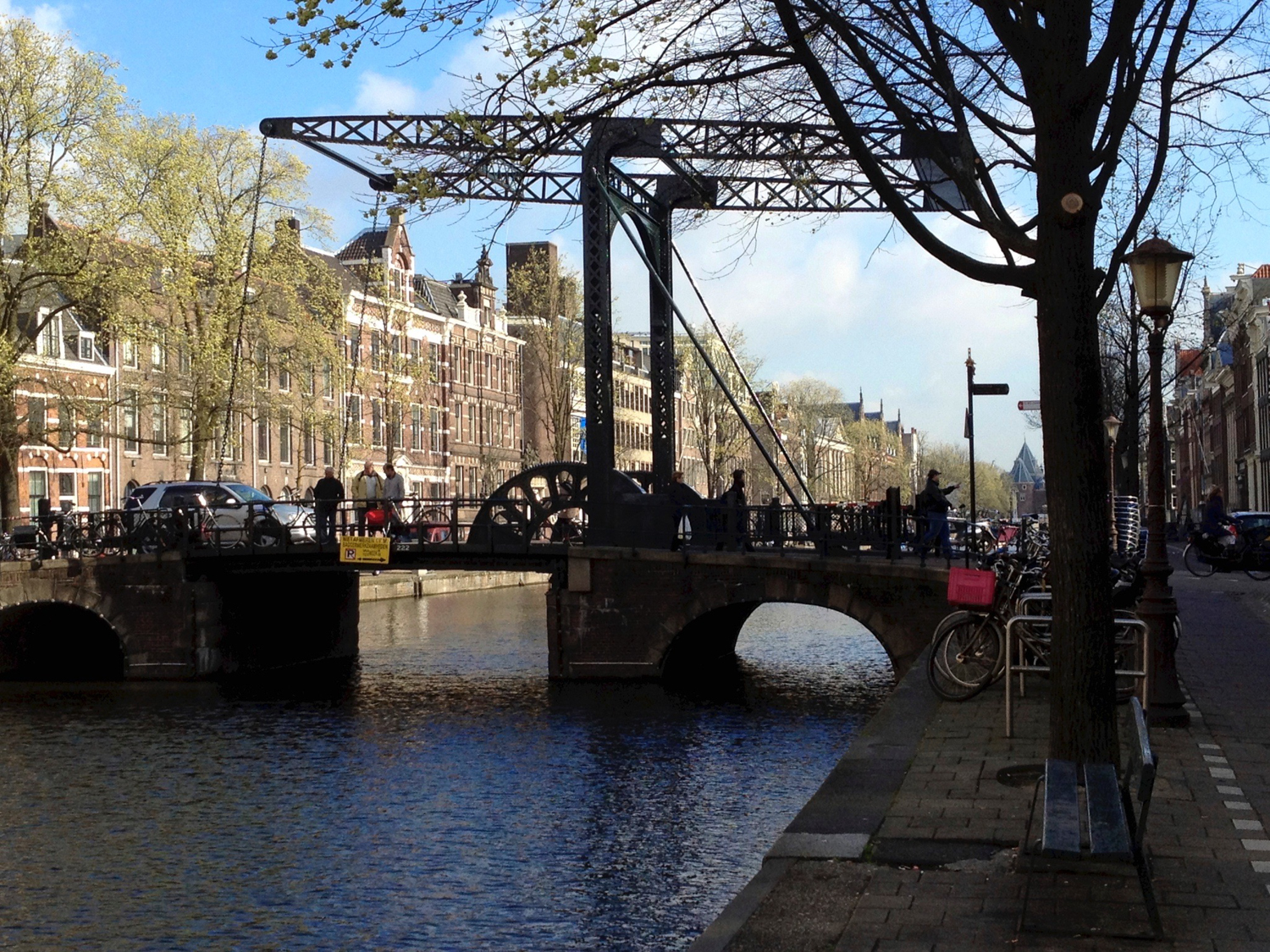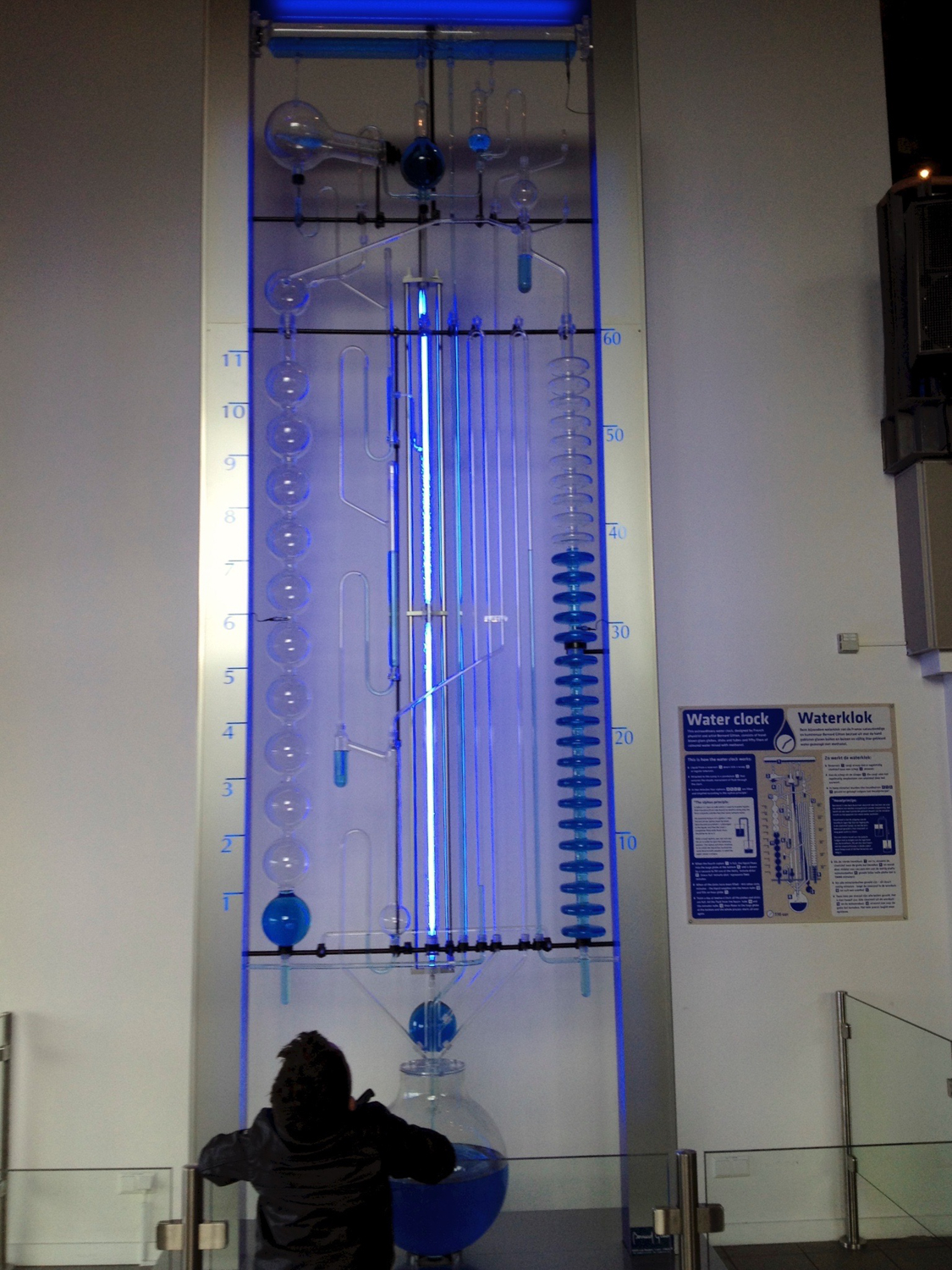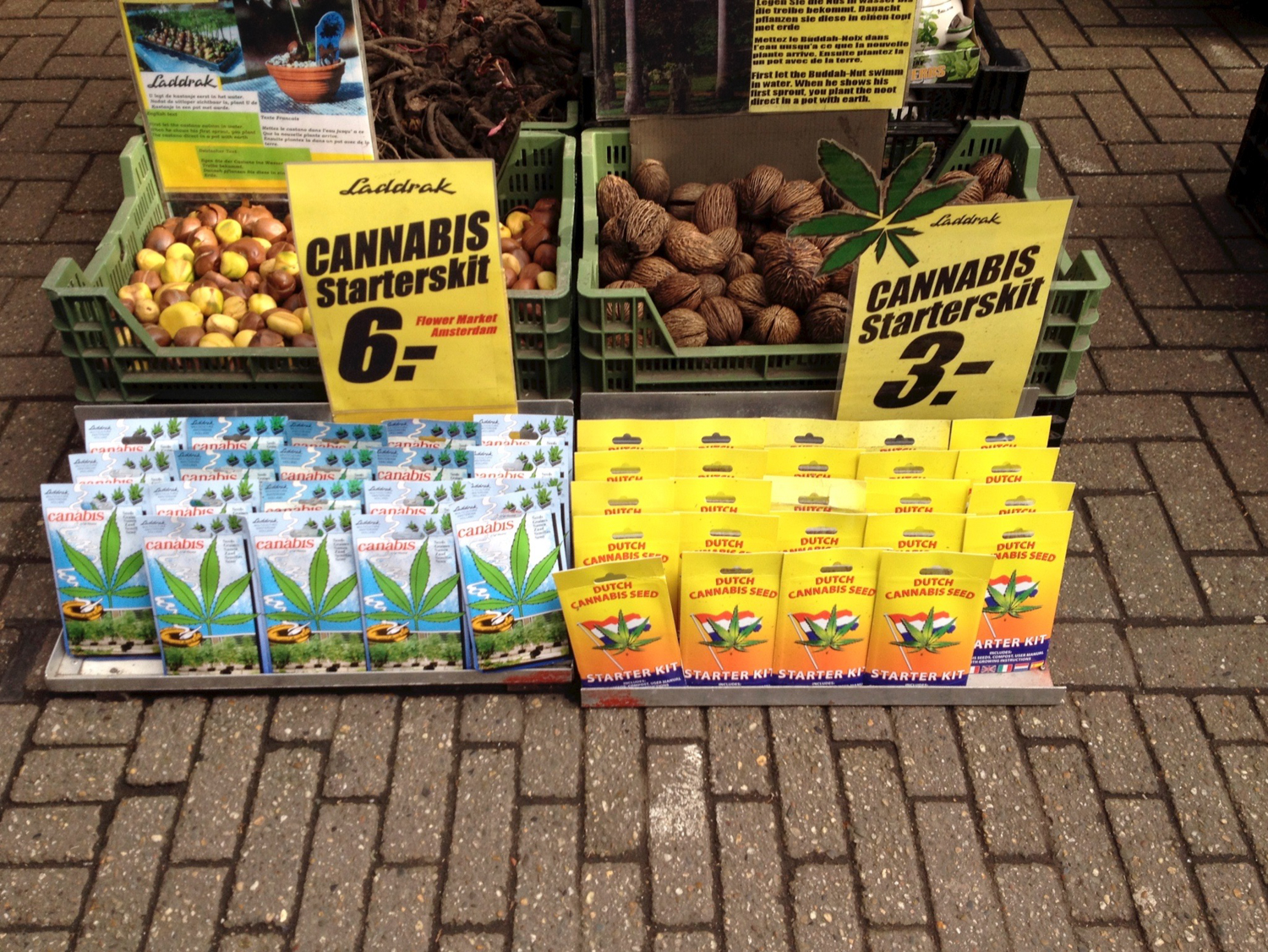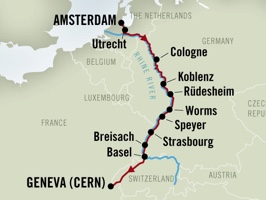Oh, what a day. You’re probably going to think I’m nuts, but...
For the past two days, I have felt like Wayne and I were not alone in the hotel room during the day. I can’t describe it, just felt like we were being watched. And then each night, as I went to bed, weird stuff seemed like it was happening. First, I heard music coming from near my CPAP machine as I had it on and was lying in bed. Second, it sounded and felt like a second person was breathing on the machine. Sure, it could just be the current difference, but the machine is rated to work on both. And, when I held my breath, it made the same noise as if I were breathing. Case of the wigged out redhead, I guess. Anyway, not much sleep, and I told Wayne about it this morning. Soooo, went to the concierge to ask about ghosts in the hotel. He quickly responded that it was an older building and that, yes, it was very likely haunted.
At least I’m not the only stark raving madperson here!
For the most part, a nice day otherwise. We went with Sue & Ivan to Keukenhof Garden, a little outside of Amsterdam. This is the most lovely time to be there, the blooms are in full force. We were picked up, transferred and headed out. As we went, we saw more flower fields and learned why the tulip bulbs ordered from the gardens don’t go out until the fall -- they send them fresh, not dried!
Keukenhof is the world's largest flower garden, and is near Lisse, Netherlands. According to the official website for the Keukenhof Park, approximately 7 million flower bulbs are planted annually in the park. The gardens are open annually from the last week in March to mid-May. We were fortunate, as the best time to view the tulips is generally mid-April. The garden is situated on 15th century hunting grounds. It was also a source of herbs for Jacqueline, Countess of Hainaut’s castle, which is the source of the name Keukenhof (it literally castle's kitchen, and the bulbs themselves were cooked and eaten during WWII food shortages). The source of the bulbs, by the way, was Turkey originally! Rich merchants took over the grounds after the Countess's death. The current garden was established in 1949 by the mayor of Lisse. The idea was to present a flower exhibit where growers from all over the Netherlands and Europe could show off their hybrids – and help the Dutch export industry, as the Netherlands is the world's largest exporter of flowers - and I had thought it was the Big Island of Hawaii! Keukenhof has now been the world's largest flower garden for over fifty years.
We got there at about 10, and then spent 2 1/2 hours roaming the place. My only objectives were the windmill and Wilhelmina, and we hit both.
After we roamed around and took a lot of pictures of the fields, we headed back to Amsterdam and our hotel to get our checked luggage and head to the AmaCello. Of course, when we get to the hotel, the luggage was not there, and had been transported (despite prior arrangements). Needless to say, I was anxious and irritated, as my MacBook was in that bag! And Wayne’s contained both his MacBook and our cruise vouchers.
Ivan and Sue shared their cab and we headed to the port. Wayne and I headed to the boat, came in, and explained our plight. Despite reassurances, we both wanted to see our luggage. About five minutes later, it was brought out, and we retrieved our computers and headed to the lounge. BIG sigh of relief shared by both of us.
Check in was the smoothest I have ever seen. We have only 140 passengers on this five level boat (three levels have cabins). They checked us in by cabin number, after which I took a long nap (sleeping with a ghost in the room is not possible....I’m not crazy, I swear, I’m going to research that building!), and we headed to our inbriefing and safety briefing. Before the briefing, we ran into fellow cruisers Josimar and Jacques, and chatted for a bit (1/3 of the cruisers are MacGeeks, 2/3 Scientific America Geeks). As we went into the room and sat down, Wally and Wendy showed up and sat with the five of us. Crew introductions began, and we went over the rules of the road. The crew is largely eastern European, and they worked hard to keep the mood light. I am wondering what tomorrow’s safety drill will be like. Our tip of the day was to draw the curtains in the evening, unless you want to wake up in the morning with people from the neighboring boat looking in and waving hello. :)
Dinner followed the briefings by 15 minutes, and it was a fabulous experience! It is almost like a tasting experience, where you can sample as much or as little as you want. We sat with Ivan and Sue and discussed the day, and enjoyed ourselves.
Exhausted, we headed back to the room, and, now that the blog is written, will crash for the evening. Wayne has a 2 am teleconference call - yuck! Tomorrow morning we leave port headed down the canal to the Rhine, and classes begin.
As with last night, welterusten allemaal!
























